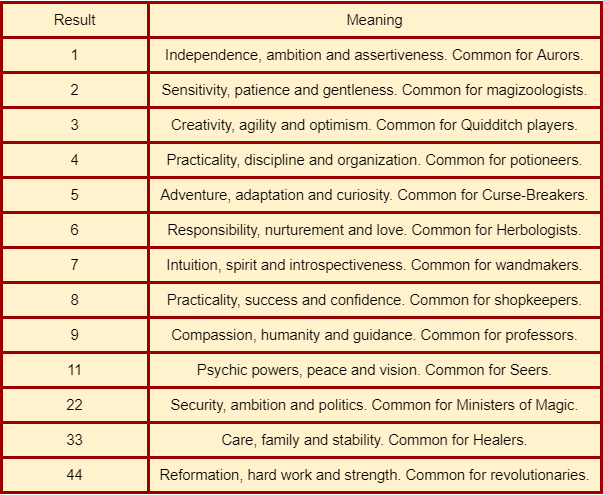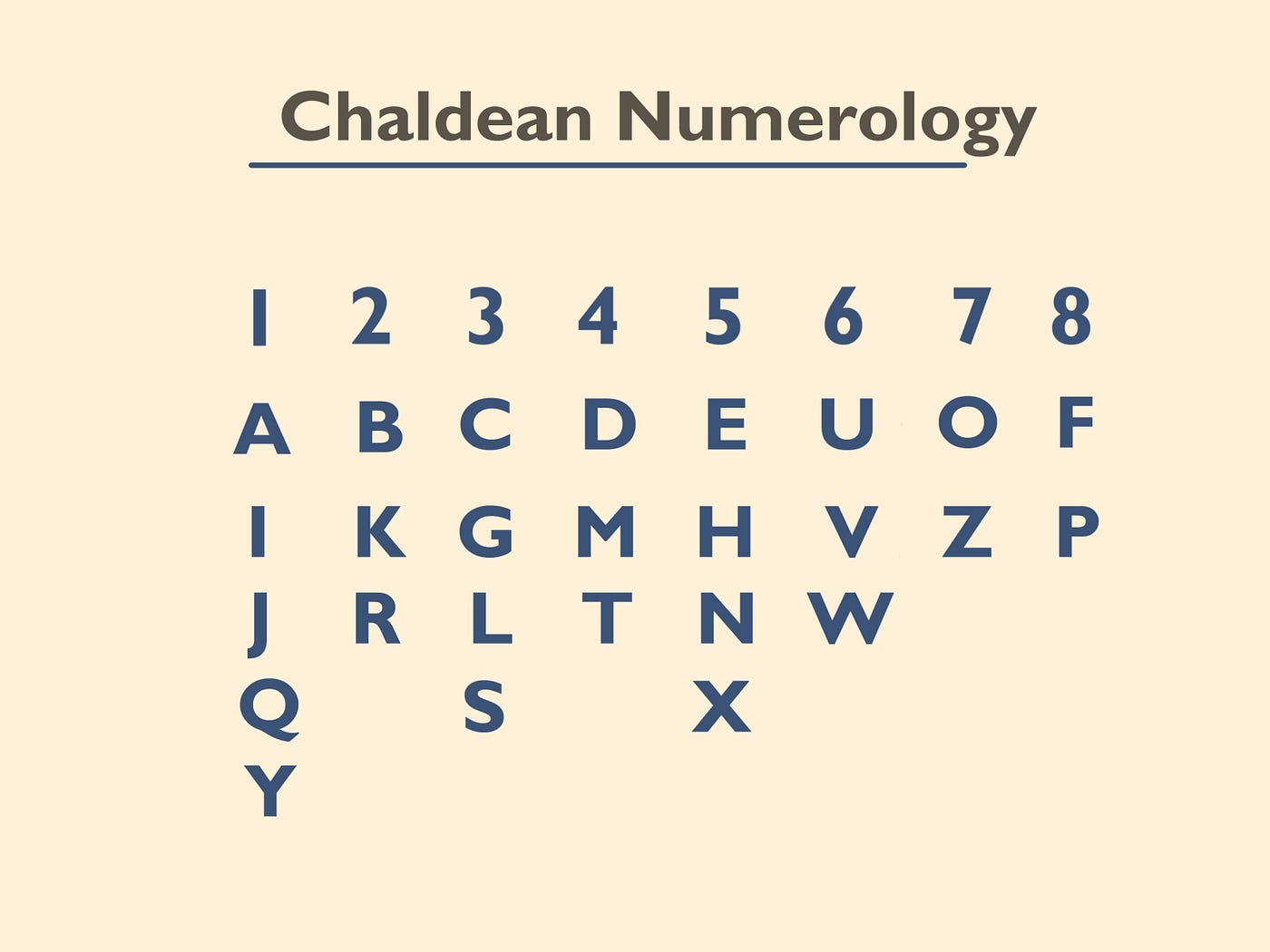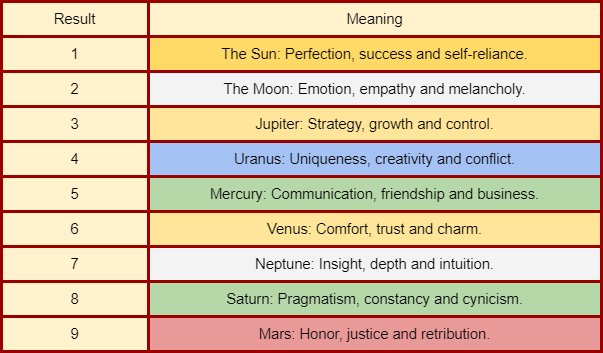Announcements
UPDATE August 2nd 2024: All charts have been replaced in Lesson 4 and Lesson 5. You will now have all the information required to complete the assignments for these lessons.
Welcome to Arithmancy 601
Before you enrol in this course, there are just a few things the Arithmancy team would like you to know.
- This course will involve some mathematical theory. Do not let this deter you, as we're always happy to assist with any questions you may have, whether they're about the general mathematical concepts, or Arithmancy-specific.
- We grade your assignments as quickly as we can but please do be patient.
- If you believe that there has been an error in the grading of your assignment, please send an owl to Professor Buchanan. We make mistakes sometimes, too. Just make sure to explain why you think there is an error, and include your assignment's ID number.
- If you have achieved 70% or higher in an assignment, you will not be able to retake it. Therefore, make sure you are happy with your work before submitting. If you are uncertain of something in the lesson, please ask for help before you complete the assignment.
Lesson 4) Numerical Systems
Professor Buchanan is in the process of hanging number charts on the board when you enter the room. He turns, gives a bright smile, and beckons you all into the room. “Come on in and find your seats. Take one of each chart from the piles on the desk on your way in, please.” He gestures towards two piles of neatly stacked parchment on a table near the door.
Introduction
Now that we have a solid enough understanding of calculations, we can begin our foray into the more magical aspects of Arithmancy! Today, we are going to discuss different systems that can be used to give numerical values to letters, which are then going to be used in all sorts of Arithmantical calculations in the next lesson.
This is probably going to be a short and sweet lesson, particularly because we are going to have our Midterms next week. Are you ready? Here we go.
Pythian Number Chart

The first system we are going to study comes from a very famous Arithmancer that you have already been introduced to - Pythias the Rational, also known by the name Pythagoras by the Muggles. Although Pythias has a reputation for deep and complex ideas, his chart is the simplest one that we will study.
As you may see above, Pythias simply associated each number with the digital root of its alphabetic position - for example, O, the 15th letter, takes on the value six. This can be quite handy if you don’t happen to have a Pythian number chart in hand, as you can just count the letters’ positions instead!
The Pythian Number Chart may be used to calculate personality traits, such as one’s Character Number and Expression Number, but it is rarely used for that purpose. Pythias was much better at dealing with numbers and facts than people and, for that reason, he was never the best at finding the best associations between numbers and personal traits.
Rather, this chart is best used when calculating the Life Path Number, which may be obtained either by adding up the values of your full birth date (day, month and four-digit year) or by adding up the values of all letters in your full name (including middle name(s) for best results), and then extracting the digital root of the resulting number, EXCEPT if you get 11, 22, 33 or 44 during the process.This exception applies regardless of the method used to calculate the Life Path Number.
Depending on your obtained result, you may be more predisposed to a specific type of future:

As stated before, Pythias fared much better with numbers than people, so sometimes you might find that your Life Path Number doesn’t really match what you intend to do in the future. This is why we study another method that uses the same chart: the Agrippan Method.
Agrippan Method

In order to answer your question, let us go back in time - more specifically, we will make a short visit to 18 BCE, when the Roman Empire was still flourishing. The main character in our story is Marcus Vipsanius Agrippa, who had a meteoric rise to power by using his social influence and a good deal of emotion-based magic.
Ah, yes, this is the side of history that most Muggles ignore - the fact that Marcus Agrippa was able to quickly climb the ranks because he was a wizard. However, this was a secret to most. Although Rome only outlawed what was considered “antisocial uses of magic”, such as cursing a neighbor’s crops or making an enemy sick, astrologers and other types of fortune-tellers were still not seen with good eyes. In order to avoid losing political leverage, Marcus Agrippa decided to play the long game and be quite vocal about magic whenever possible. For example, he was responsible for the expulsion of many astrologers and magicians in 33 BCE, when he was the curule aedile (magistrate with power to decide on infrastructure matters) of Rome. Many theorize that he did so in order to get more public acceptance, hide his own magic well and make sure that he wouldn’t have any powerful magical enemies in Rome that he’d need to worry about.
However, Agrippa’s facade meant that, once he became a relevant public figure, he couldn’t cast emotion-based magic as freely as he did previously. Thus, he turned his attention to less flashy forms of magic until he found some ancient notes left behind by Pythias the Rational. Given his extensive knowledge of people and society, he soon realized the shortcomings of the Pythian Method.
This is when Agrippa started to rewrite the results and conclusions originally devised by Pythias, adapting them so they’d better match the different psychological dimensions of human beings. Thus, the Agrippan Method was born. Although his methods worked very well and have stood the test of time so far, Marcus Agrippa wasn’t able to reap the benefits of his discoveries as much as he probably would have liked, given that he died six years later (in 12 BCE).
Back to the present! As you can probably guess based on the story above, the Agrippan Method is considered to be an improvement over the Pythian Method because, on average, it matches the traits of people more accurately. For that reason, this is the recommended method whenever you’d like to get better insights about yourself or the people around you.
We will learn how to calculate different personal traits - including one’s Character, Heart and Social Numbers - in our next lesson. However, in order to give you something more than a history lesson that would better fit in Professor Everby’s course, let us briefly go over the general meanings of each number in the Agrippan Method.

Chaldean Number Chart

At last, we come to our final number chart for this lesson! In spite of the fact that this is the last chart we’re studying, the truth is that the Chaldean Number System actually came before both the Pythian Method and the Agrippan Method, having surfaced between the 9th and 6th centuries BCE in the geographic region named Babylonia (nowadays, known as Iraq).
The Chaldeans were very in tune with magic, particularly on its most academic level. For instance, perhaps a bell will ring if I tell you that the Chaldeans used ancient Aramaic as their language - does that remind you of anything from your first year in History of Magic? Yes, that is correct: the first documents that discussed Uno Mas, written in ancient Aramaic, were penned by the Chaldeans, who were particularly interested in the origins of magic and its general principles.
As you may deduce from the discussion above, Chaldeans were big on great patterns. Although the Chaldean chart may be used to discuss people’s traits and inclinations - particularly when dealing with influential people, such as leaders and innovators - the truth is that this number system works best when dealing with events that impact humanity as a whole. If you’ll think back to your lessons in Divination, you might recall that the same kind of distinction applies to the Major and Minor Arcana; nothing prevents you from using the Major Arcana to make a reading about a small question, but your predictions will be more accurate if you use it to uncover truths related to wider and more abstract questions, whereas the Minor Arcana works really well with the nitty-gritty of the concrete, mundane world.
You may also have noticed that there are no letters associated with the number nine in the Chaldean Number Chart. For the Chaldeans, there was a very complex interaction between the numbers zero and nine, as they represented nothingness and everything respectively. However, to the Chaldeans, nothingness and everything were two sides of the same coin. For that reason, they could be seen as the same. If we think about the fact that adding nine to a number does not affect its digital root - well, we can definitely see some merit to that conclusion!
The Chaldean numerology system is also associated with different celestial bodies and colors, as well as traits that dictate the overall direction of a given country, person or family’s path in life. For the sake of simplicity, please consult the table below for further information. Note that certain celestial bodies, such as Jupiter and Venus, the Moon and Neptune, as well as Mercury and Saturn, share the same colors. Neither the Sun, nor Mars, share colors with any other celestial bodies.

Closing
There you have it - as promised, a shorter lesson for you to relax before your Midterms! However, don’t let your guard down just yet, as you’ll be expected to apply the ideas studied today in your assignments. Next week, we will focus more closely on the Agrippan Method and the specific ways we can uncover different sides of our personalities by making use of the letters in our names.
Dismissed.

Original lesson written by Professor Vaylen Draekon
Improvements made by Professor Epona Salvatrix and Professor Calum Buchanan
Image credits here, here and here
Enroll


